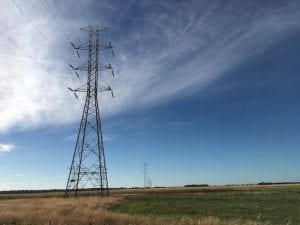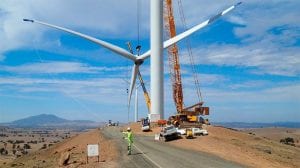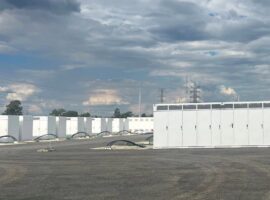The Australian Energy Regulator has revived talk of plans to charge households a network fee to be allowed to export excess rooftop solar back into the grid.
Rooftop solar now plays a critical part of Australia’s electricity mix, contributing nearly 6 per cent of total demand – more than combined cycle gas and nearly as much hydro.
The capacity of small scale rooftop solar – under 100kW – continues to grow quickly, posting its second strongest month on record in June (237MW), and now stands at 11.6GW and is expected to treble over the next two decades.
The tariffs received by solar households who export their excess production have been whittled down, and now reflect wholesale market prices, with the exception of some lucky customers who still enjoy a “premium” feed in tariff in states such as Queensland. The premium FiTs started to come to an end this week in Western Australia, and will be extinguished by this time next year.
But the regulator is now backing a proposal from the main distributed networks to impose a “network” fee on households for the right to export solar back into the grid.
In its annual State of the Energy Market report, it says the rising share of rooftop solar – which in June posted its second highest monthly total ever – is causing equity issues and creating voltage problems, even the Energy Security Board wrote recently of a new study that shows that the voltage issues are legacy problems in most distributed networks, and mostly happen at night, when rooftop solar is not a factor.
See: Will rooftop solar blow up your kettle? No, but your local network just might
Still, the regulator ploughed on, citing last year’s study by the Australian Energy Market Commission on the introduction of “two-sided” markets, and the proposed “use of system charge” for distributed energy exports. “Network charges for the use of poles and wires to transport electricity could apply to exports to the grid, and to energy taken from it,” it says.
“Forward and reverse power flows through a distribution network fluctuate widely during the day,” it says. “This fluctuation can impact the quality and reliability of power supplies at certain times, especially during periods of very high or low demand, when voltage instability is more likely.
“These costs affect all customers but are not charged to (rooftop solar) owners, so are not factored into (householder) investment decisions.”
Some consumer groups with close connections to the network lobby are in favour of this new charge, others are appalled by it, pointing out previously that energy utilities sell those very same solar exports to the neighbouring property at the full retail rate. They argue that the difference cannot be justified by network and other “retail” costs.
The AER is flagging the new measure as part of a suite of proposals where households can pay for “firm-ness”, which might include rewards for their solar panels being constrained from exporting to the grid when the network is under pressure.
This measure is less controversial, as it might relieve some arbitrary and often strict local constraints on households that either prevents all exports, or limits them to 2kW or 5kW in the name of grid security.
The Australian Energy Market Operator has recently flagged the need for more “control” over solar exports, particularly as the growing amount of rooftop solar reduces “operational demand” on the grid to levels where grid security could be compromised.
It says operational demand could hit zero in South Australia within a few years, so it wants the ability to be able to switch off rooftop solar exports on the “very rare” occasions this becomes an issue. In exchange, it expects static export limits to be relaxed.










